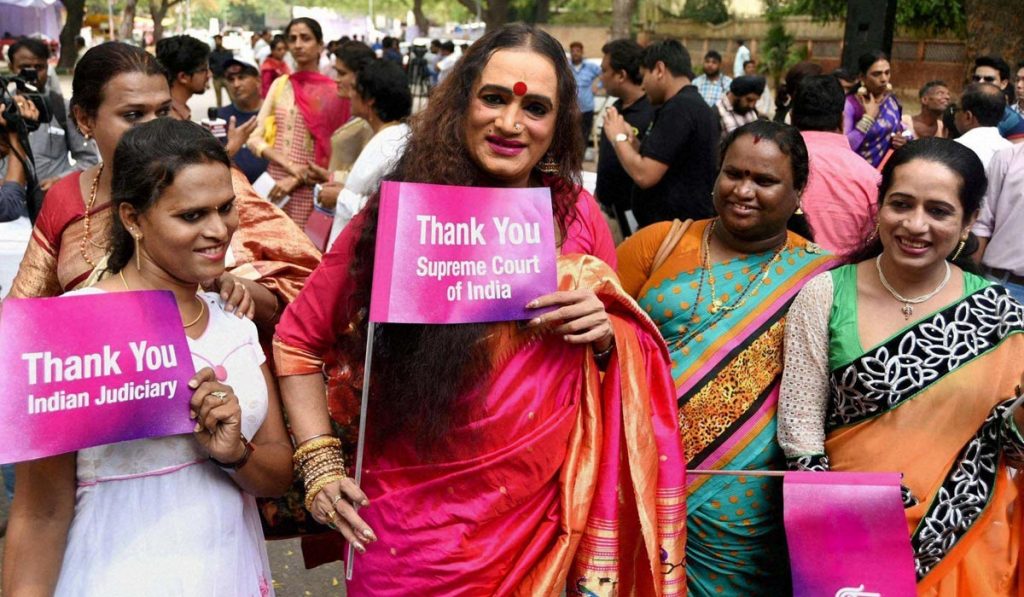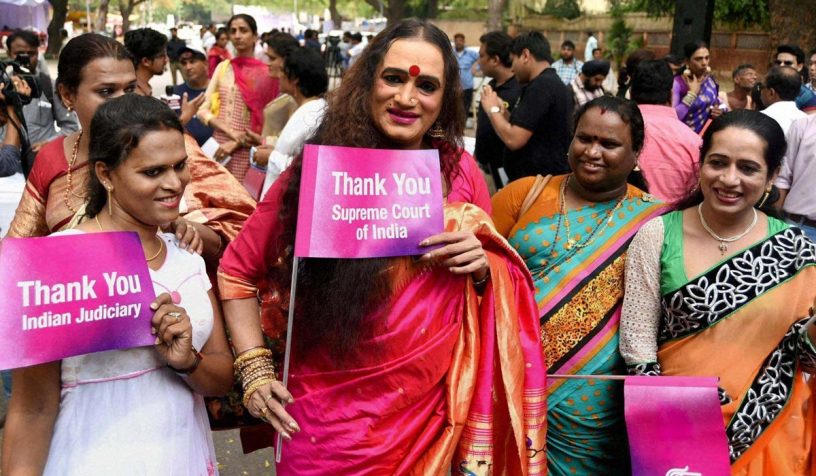
Through their negotiations with police officials, self-identified Hijra and trans women continue to challenge the hegemonic and heteronormative regulations of the state.
Authors
Dipika Jain, Centre for Health Law, Ethics and Technology, Jindal Global Law School, O.P. Jindal Global University, Sonipat, Haryana, India.
Brian Tronic, Centre for Health Law, Ethics and Technology, Jindal Global Law School, Sonipat, Haryana, India.
Abhina Aher and Simran Shaikh, Sexuality, Gender and Rights, Alliance India, New Delhi, India.
Amrita Sarkar, SAATHII Delhi office, New Delhi, India.
Summary
This article seeks to comprehend the individual and structural dynamics that govern the relationship between the agents of the state and marginalized individuals and groups, specifically transgender and gender-diverse persons.
Through interviews conducted with self-identified Hijra and trans women in Delhi, the article finds that most police violence and harassment happens on the streets, and not in prisons as is the dominant narrative.
The interviews also demonstrate that violence directed at transgender persons by the state is largely not dependent on legal provisions, and that law enforcement officials are allowed to act with impunity.
Finally, the article also critically examines the interactions between transgender persons and the police. Using the “everyday” framework from queer theory, the article draws on the relationality of power and queer persons’ resistance to, and negotiation with, various dimensions of power in their daily lives.
The article recognizes that Hijra and trans women are not passive entities without agency upon whom violence is enacted; they are able to reclaim the same public spaces that seek to govern their nonheteronormative behaviors and lifestyles.
Through their negotiations with police officials, they continue to challenge the hegemonic and heteronormative regulations of the state.
Published in: Violence and Gender
To read the full article, please click here


